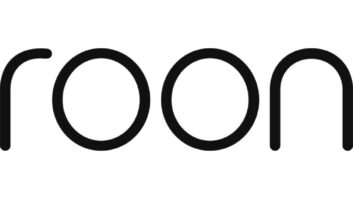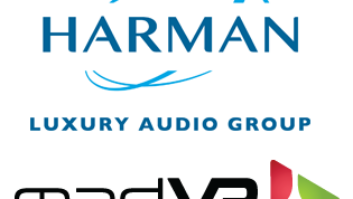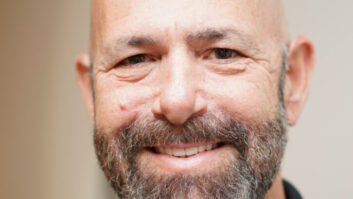Few people can speak about the consumer electronics industry from the perspective of Sidney Harman, the Consumer Electronics Association Industry Hall of Fame member whose industry career spans almost 70 years.
On July 1, Harman retired as chairman of Harman Industries, the company that he founded, and on Dec. 3 he will leave the company’s board but remain chairman emeritus.
On the eve of his retirement from active involvement in the consumer electronics industry, Harman spoke with TWICE to discuss the industry’s evolution and potential.
He speaks from industry experiences that began in 1939 when, fresh out of college, he joined the engineering department of the David Bogen Company, a supplier of public-address equipment on lower Broadway in Manhattan. In 1953, he co-founded hi-fi equipment maker Harman/Kardon (H/K), which began the following year to market the world’s first home audio receiver. H/K followed up in 1958 with the world’s first stereo receiver.
In the following decades, Harman went from playing Frank Sinatra records on H/K equipment during consumer/trade shows in the 1950s to heading up Harman International, a worldwide electronics powerhouse that now employs 11,000 people and posted sales of $3.6 billion for the fiscal year ended June 2007.
Harman’s audio and electronics brands in the home, automotive and pro audio industries have grown to include AKG, Audioaccess, Becker, BSS, Crown, DBX, DOD, Harman/Kardon, Infinity, JBL, Lexicon, QNX Software Systems, Revel, Soundcraft and Studer. About 70 percent of sales during that fiscal year were generated by the Harman/Becker division, which makes OEM sound and infotainment products for automakers. The remaining sales were about evenly split between pro and consumer products.
During his interview, Harman called the industry blessed with “historic” opportunities to profit from ever-improving ways to reproduce audio and video, but he warned that the winner’s circle will include only those companies whose products and services are responsive to consumers’ changing lifestyles and habits. The winner’s circle will also be limited to companies that harness technology to achieve the desired result in a transparent and intuitive manner, he said.
Harman also maintained that the home audio industry remains vibrant because the industry has evolved to include iPod-related products for the home. The component-audio portion of the home audio industry, however, likely won’t regain its past glory in terms of dollar sales, he admitted. Nonetheless, in part because of the iPod, more people are listening to more music everywhere on earth, and that increases the opportunity for companies offering high-performance audio equipment, including components, he said.
These topics and others were addressed by Harman in the interview, which follows.












